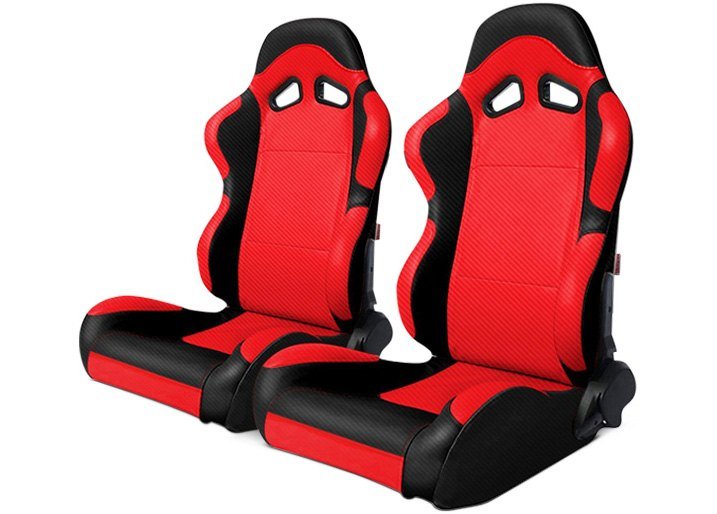Racing seats play a critical role in safety, control, and performance on the track. Any motorsport enthusiast understands the importance of seat selection but may not understand the essential factors contributing to safety and comfort. Discover how to choose a racing seat for your vehicle to ensure your well-being when racing or driving on the track.
Key Factors for Safety
Because safety is paramount in racing, choosing a racing seat demands careful consideration. To ensure maximum protection, it is crucial to understand several key safety factors, including industry certifications, seat types, and materials.
Certification
Many racing enthusiasts may not realize that there are designated governing bodies that set racing seat safety standards. The two most important bodies are the FIA and the SFI. All official racing seats should meet the specifications set forth by one of these two bodies. Certifications from these institutions guarantee rigorous testing for crash protection, flame resistance, and material strength.
Seat Type
There are two primary categories when discussing seat types: full-containment and standard bucket. Full-containment seats provide maximum protection and support with higher sides than standard bucket seats, head restraints, and integrated halo supports. Most full-containment options have dedicated slots for shoulder harness straps, ensuring correct positioning. The seats are usually mandatory for high-speed, high-impact racing.
Bucket seats still provide superior driver support compared to regular car seats. However, they may not offer as much protection as full-containment seats.
Materials
The materials used in racing seat design also affect safety. Fiberglass, carbon fiber, and kevlar are the most common materials used in racing seat construction. While fiberglass is widely used and cost-effective, it is not as durable as carbon fiber and kevlar, which both provide better crash protection and energy dissipation. Also, the lighter weight of carbon fiber can benefit vehicle performance. Beyond base construction, racing seats typically use fire-resistant fabrics as an added safety measure.
Key Factors for Comfort
Like a rear disc brake conversion kit, a racing seat is not a one-size-fits-all solution. Every driver needs to find the right balance of comfort and protection. Your comfort level while driving can directly affect your focus and ability to perform.
Comfort comes down to two issues: accurate sizing and personal preference. To ensure your seat is a correct fit, measure hip and shoulder width. To measure hip width, sit on a flat surface and use blocks or boxes to reference your sides. Stand up and measure the distance between the reference markers.
To measure your shoulder width, sit upright, relaxed and in a natural driving position. Using a partner, measure from the top outer edges of each shoulder. If measuring alone, use a mirror and a tape measure. The most accurate readings require a partner.
While all the above matters to seat selection, you have the final say in what seat is best for you. Like drag wheels, the final decision ultimately comes down to preference. That said, if you struggle to find the right racing seat for your vehicle, contact a local supplier and ask for additional tips.
